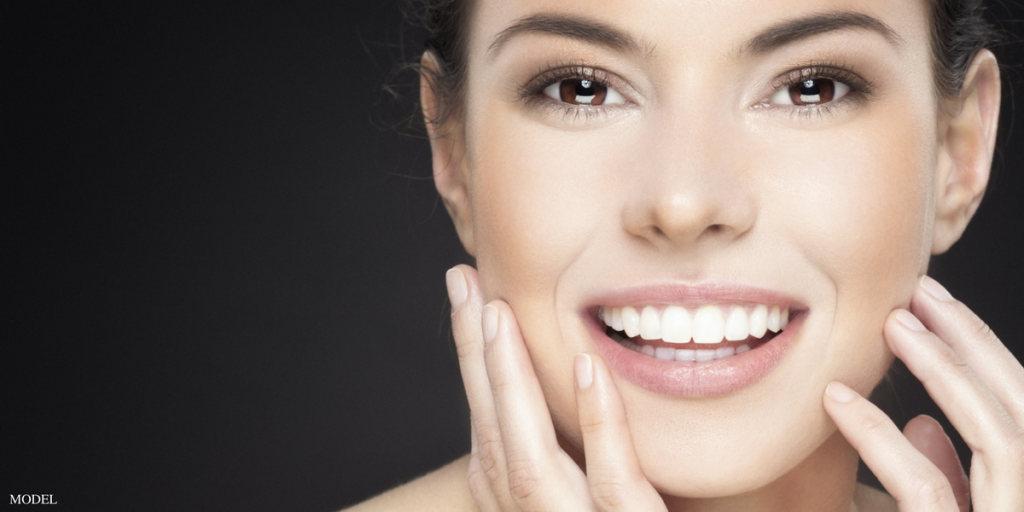Let me begin by saying that, as a Chicago plastic surgeon who was at the forefront of using fat transfer for facial rejuvenation, I continue to prefer using a patient’s own fat to correct age-related aesthetic concerns. This treatment is best-suited for restoring volume lost in areas such as the eyes and lips.
That said, synthetically-produced dermal fillers, such as JUVÉDERM®, Restylane®, and RADIESSE®, are still an effective alternative for certain areas of the face, and I do use them effectively in many cases.
Nonsurgical facial rejuvenation with injectable fillers and BOTOX® Cosmetic remains the most popular cosmetic treatment performed, year after year. The procedures can create attractive results in a quick treatment session, without the downtime associated with surgical procedures.
When I do use dermal fillers, these are the areas I predominantly treat.
- Cheeks: Fillers specifically designed to add volume to the cheeks have become available in recent years. These include JUVÉDERM VOLUMA®, Restylane® Lyft, and Sculptra® Aesthetic. These fillers are injected deeper below the skin than other fillers and formulated to create a “lifted” appearance in the midface.
- Nasolabial folds: These creases, sometimes called “smile lines,” run from the nostrils to the corners of the mouth. JUVÉDERM and RADIESSE are the most common fillers used here. They can last from 6 to 9 months.
- Marionette lines: These are lines that run straight down from the corners of the mouth. Here again, thicker gels such as RADIESSE can effectively add volume to these areas.
- Crow’s feet: Virtually everyone develops crow’s feet, the crinkly lines at the corners of the eyes. These form as we age, because our facial expressions leave “dynamic wrinkles” over time. Whenever dynamic wrinkles are the cause, BOTOX injections are the best approach. BOTOX temporarily immobilizes the tiny muscles responsible for creating the lines.
- Bunny lines: When people laugh, you can sometimes notice small, horizontal lines form on the nose just below the bridge. BOTOX used very conservatively can minimize these lines.
- “11s” between the eyebrows: These are also called “worry” lines. As the “11” suggests, they are vertical lines that form between the eyes, just above the bridge of the nose. “11s” are one of the most common targets of BOTOX injections. Again, it requires a skilled injector to minimize these lines without creating the dreaded expressionless appearance.
You may notice that the lips don’t appear on that list. The pouty appearance that many patients find attractive can be overdone when injectables aren’t used conservatively. I prefer the use of fat grafting to create subtle results that my patients favor.
Nonsurgical intervention is an excellent alternative for people who don’t need or are reluctant to get facial plastic surgery. Patients with sagging tissue in the lower two-thirds of the face, such as jowls and sagging skin, will need a facelift to address those concerns.



Is fat transfer permanent?
In a word: relatively. Approximately 40-50% of the fat that is transferred regains a blood supply and lives. The rest is loss within about 6 weeks. When large amounts are put in the fat can pool into areas that do not have a blood supply and then it behaves more like a filler that is gradually resorbed. In addition with age, fat distribution changes, and so some fat transfers to the face are partially lost with the aging process.